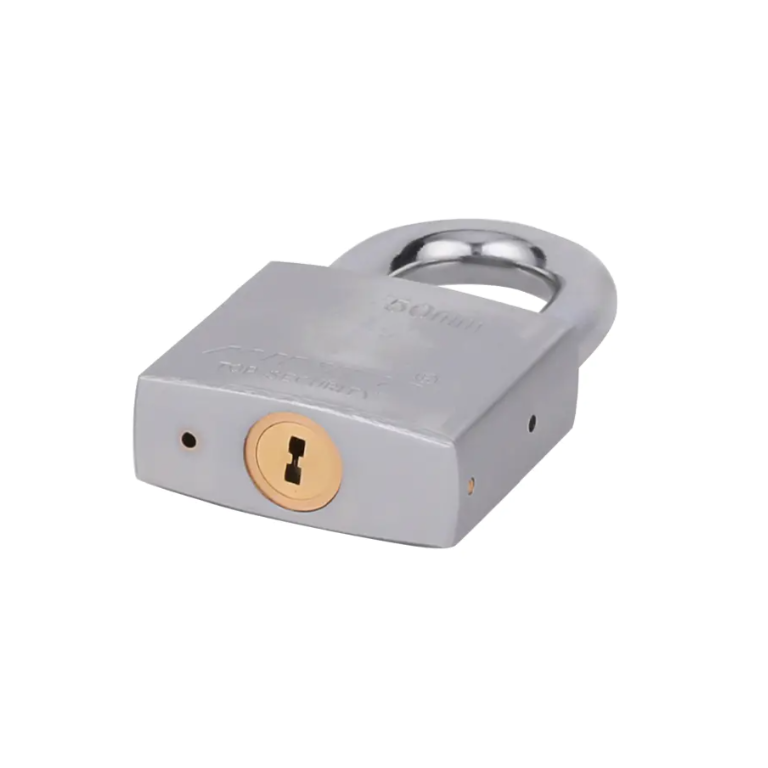While iron padlocks offer dependable security, users may encounter several challenges that affect their overall experience. One common issue is corrosion, especially when the padlock is exposed to harsh weather conditions. Without proper protective treatment, iron can rust over time, which may hinder the lock’s operation or weaken its structure.
Another challenge involves the key mechanism. In some cases, dust or debris can accumulate inside the lock cylinder, causing difficulty when inserting or turning the key. This can lead to frustration and potential lock jams, especially if maintenance is infrequent.
Weight is also a consideration. Iron padlocks tend to be heavier than those made from other materials, which can be a drawback for users who need to carry multiple locks or prefer lightweight options for certain applications.
Additionally, some users may find that the standard security features of iron padlocks do not fully meet their needs in high-risk environments. For example, sophisticated cutting tools or picking attempts may require padlocks with advanced locking systems or additional security measures.
Lastly, installation and compatibility with existing hardware can pose a challenge. Iron padlocks need to fit properly with the hasp or securing point, and mismatched sizes may reduce effectiveness or cause inconvenience.
Overall, while iron padlocks provide solid security benefits, addressing issues like corrosion, lock maintenance, weight, security level, and installation fit can improve user satisfaction and performance.
